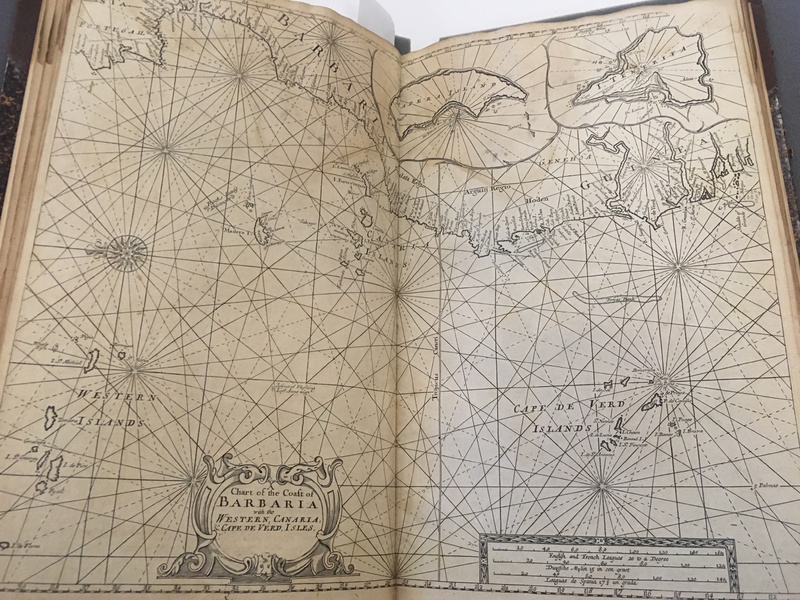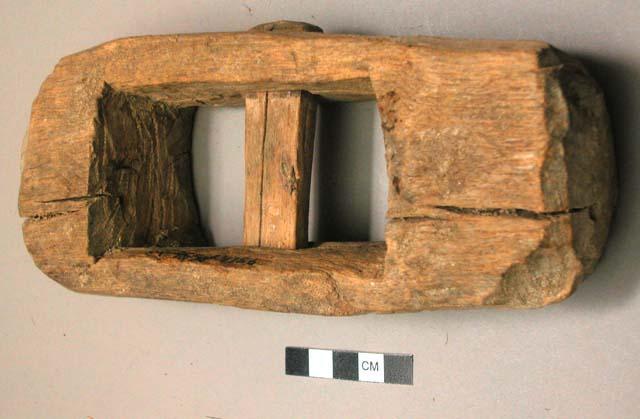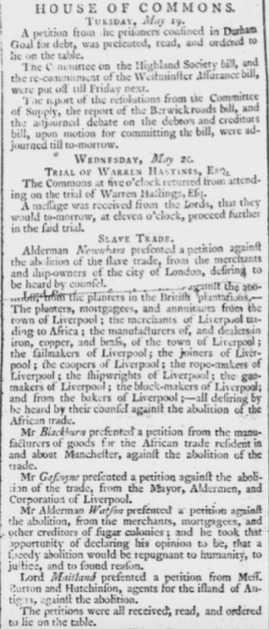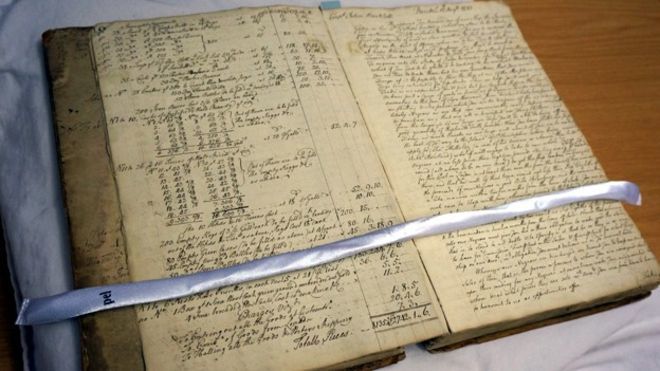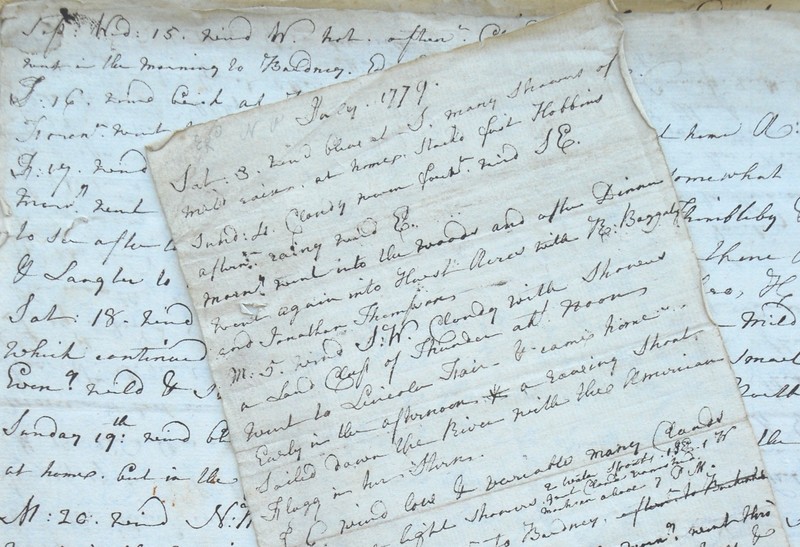Browse Items (12 total)
- Collection: Bennett Capozzi
Sort by:
Atlas of Senegal and the Coast of West Africa. Contains navigational information and an overview of the settlements on the West African coastline.
Tags: 1720, Atlas, Barbary, Early 16th Century, English, Gambia, Map, Sailing Charts, West Africa
An assessment of the consequences of Britain's territorial acquisitions at the end of the Seven Years' War, particularly their effects on the slave trade with West Africa and the slave-driven plantation industry in the West Indies. Written by Robert…
